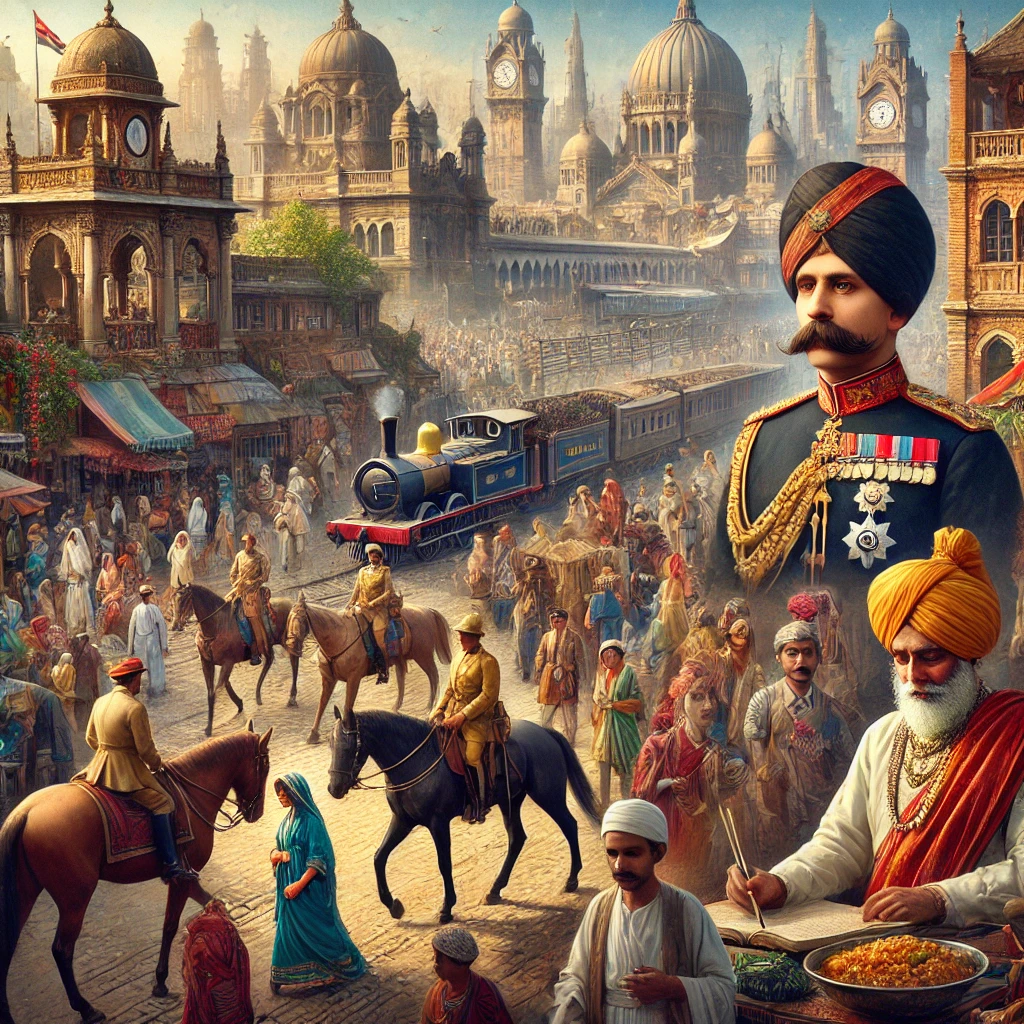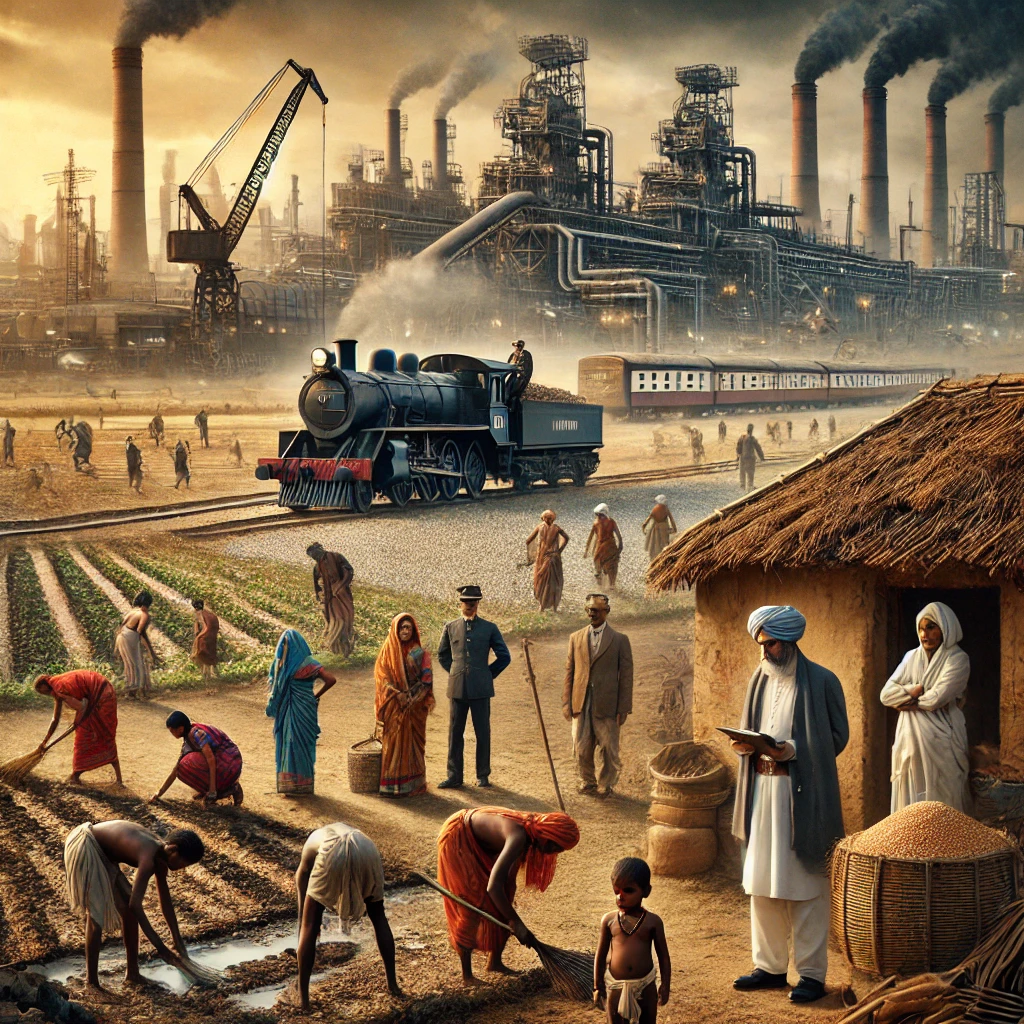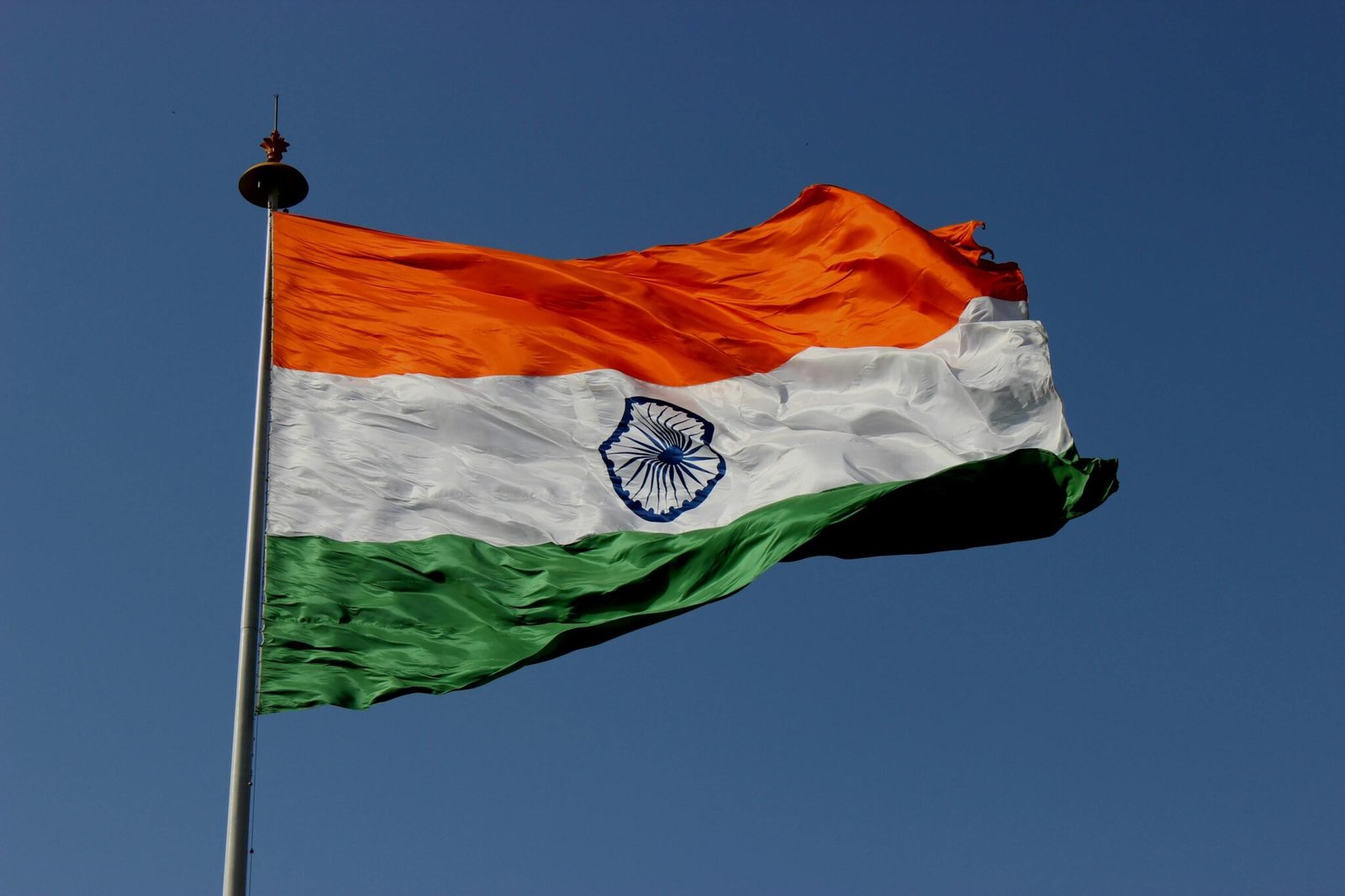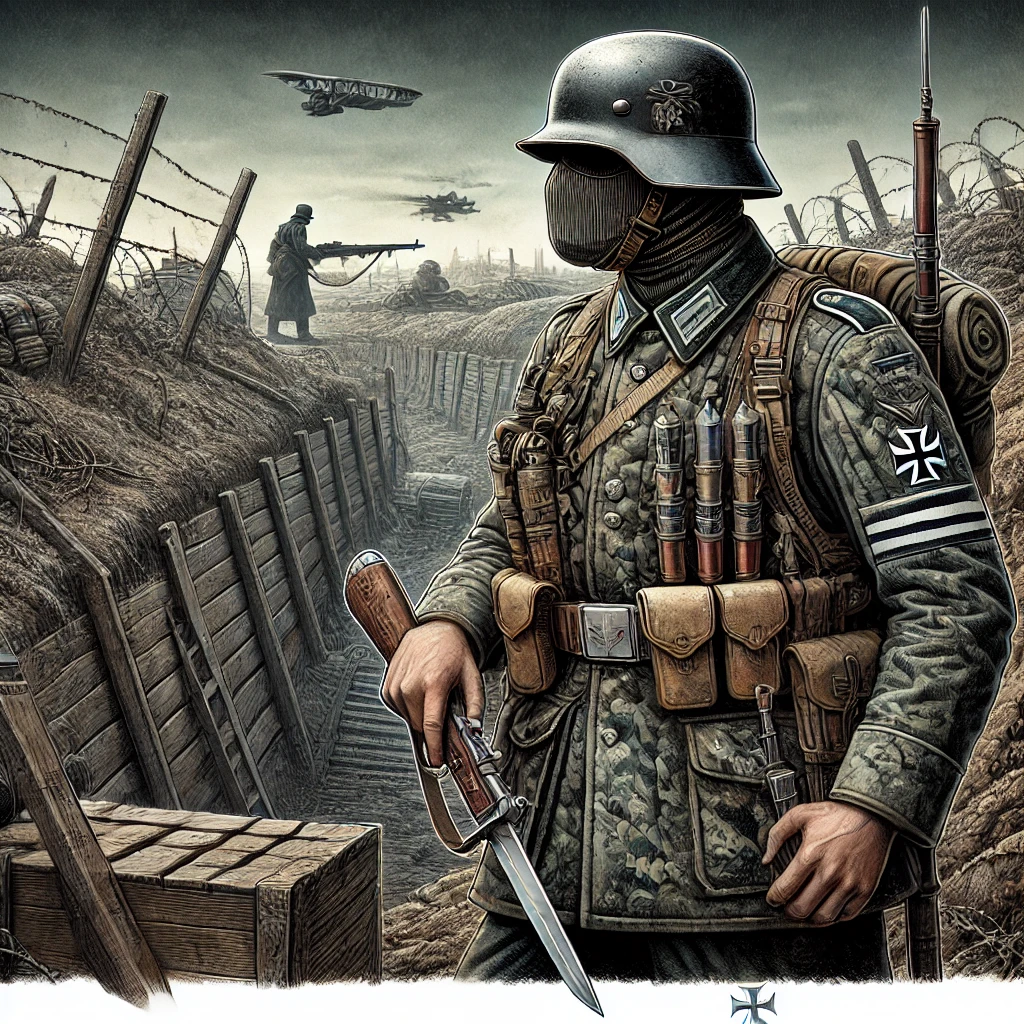India’s Role in the First World War
A lot of people believe that World War I was a European war that may have involved the United States. Soldiers from every continent but Antarctica, however, fought in this actual world war. With more than a million men committed to the war, India was one of the major contributors.
In 1914, India had not participated in large-scale conflicts outside its borders for some time, though Indian forces had been involved in regional wars, including the Afghan Wars, the Burmese Wars, colonial expeditions in Africa, and a small involvement in the Russo-Turkish War.
India as a Resource Hub for the British Empire
But the First World War had a greater impact on India than anything else since the First Indian War for Independence in 1857. India, a huge supply of material and human resources, became essential to the British Empire, which was facing shortages on both fronts.

Despite Imperial rule, there were strong anti-colonial sentiments within India. The Swadeshi (self-sufficiency) Movement aimed to reduce Britain’s control and bolster India’s economy by boycotting British products and encouraging local production. This movement, which had earlier successes, helped lay the foundation for later independence efforts, with Mohandas Gandhi advocating for self-rule through non-violent resistance, inspired by his time as a lawyer in South Africa.
Nationalism During the War
World War I heightened anti-colonial nationalism worldwide. Indian revolutionaries attempted to exploit the war to challenge British rule, from Jatin Mukherjee’s efforts within India to the Berlin Committee’s propaganda targeting Indian prisoners of war.
However, by 1917, these attempts had largely failed. The war’s unpopularity grew in India, exacerbated by economic hardship and substantial loss of life, especially in Punjab Province, which supplied a large number of soldiers.
Political Awakening and the Home Rule Movement
The pre-war nationalists leveraged this discontent to push for political change. Inspired by the Irish, “Home Rule Leagues” emerged, seeking greater autonomy. Gandhi, who returned to India in 1915, even called on Indians to enlist, hoping such loyalty might win political concessions.
However, the 1917 declaration by British Secretary of State Sir Samuel Montagu offered only vague promises of self-government. Gandhi’s disappointment led him to actively oppose British rule by 1919, applying his non-violent resistance methods from South Africa.
The war marked a shift in attitudes within India’s middle class. Previously loyal to British rule, they began to lean toward self-government, culminating in the founding of the All-India Home Rule League in 1916. Led by figures like Annie Besant, this movement united moderates and radicals alike, along with the Indian National Congress and the All India Muslim League, gaining momentum even in rural areas.
Economic Impact of the War on India

Economically, the war ended a period of modest prosperity in India, with severe effects on the population. While domestic manufacturing thrived, the demand for resources like cereals skyrocketed, causing food prices to rise and impacting the urban poor and rural laborers. The Spanish Flu epidemic of 1918-1919 added to the demographic toll, killing up to 20 million Indians—a third of the global pandemic fatalities.
Military Contributions of Indian Forces
In total, over 60,000 Indians died in the war, with more wounded. These losses, though less than those of European nations, had a severe impact on India’s rural and tribal communities. Indian soldiers served across various theaters, from the Western Front and Gallipoli to the Middle East and Africa. The Indian Expeditionary Force, arriving in France just weeks after the war began, fought at Ypres and Neuve-Chapelle before being moved to Egypt due to the unfamiliar European weather.
India’s Role in Mesopotamia and the Rise of Nationalism
The largest force served in Mesopotamia, participating in the Tigris Campaign, the siege of Kut, the capture of Baghdad, and finally, the Battle of Sharqat in 1918, leading to the armistice with the Ottoman Empire. India’s involvement in the First World War marked a pivotal moment; more Indians ventured abroad than in the preceding century. Many of them returned with new ideas, sparking the rise of Indian nationalism and the rejection of violent methods as a path to independence.
World War I revealed India’s potential on the global stage, showcasing the capability of Indian soldiers and igniting a movement for self-determination that would eventually lead to independence.




